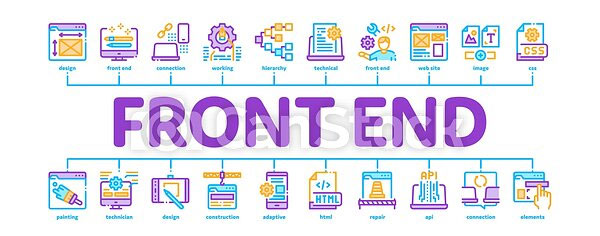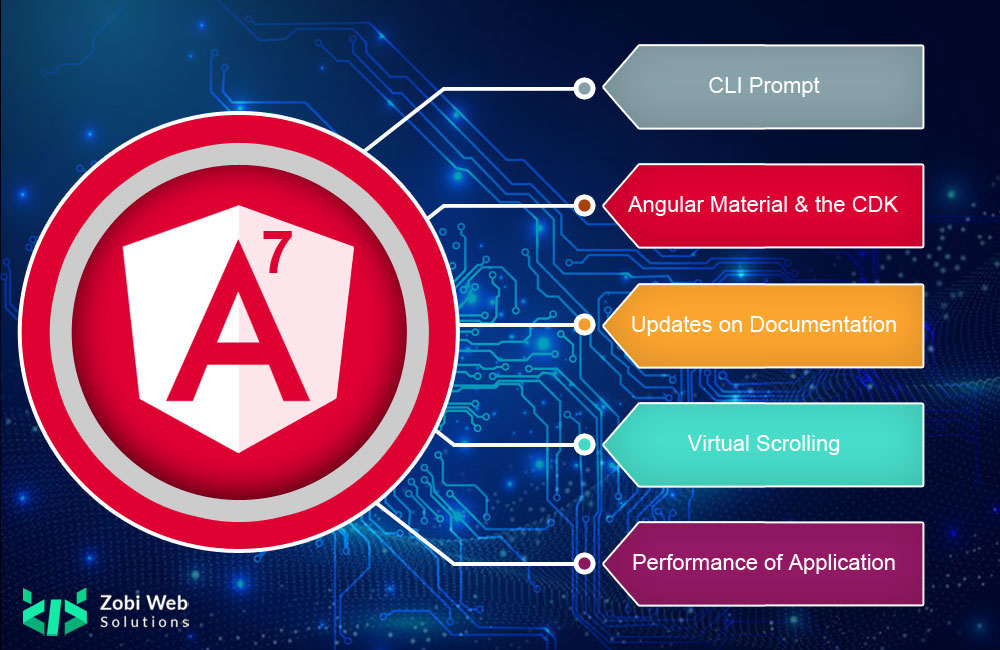
The frontend of a software program or website is everything with which the user interacts. From a user standpoint, the frontend is synonymous with the user interface. From a developer standpoint, it is the interface design and the programming that makes the interface function. Conversely, the backend includes functions and data processing that takes place behind the scenes.

Angular
Havik using Angular as a front-end framework that was developed to easily build web-based dynamic applications. Our strategy Provide to client fast, not browser specific and single page application for better reach each and every pages without any interrupt from front-end.
The architecture of an Angular application relies on certain fundamental concepts. The basic building blocks of the Angular framework are Angular components that are organized into NgModules. NgModules collect related code into functional sets; an Angular application is defined by a set of NgModules. An application’s components typically define many views, arranged hierarchically. Angular provides the Router service to help you define navigation paths among views. The router provides sophisticated in-browser navigational capabilities.
React
We are a global IT services provider with a huge focus on building end-to-end web and mobile application with a strong bias for great UX. Have a look at our wide array of Flutter development services.
- Cross Platform Application Development
- Custom Server-Side APIs
- Dedicated support & Maintenance
- Migration & Upgradation

React is a declarative, efficient, and flexible JavaScript library for building user interfaces. It lets you compose complex UIs from small and isolated pieces of code called “components”. React has a few different kinds of components, but we’ll start with React.Component subclasses: class Shopping List extends React.


